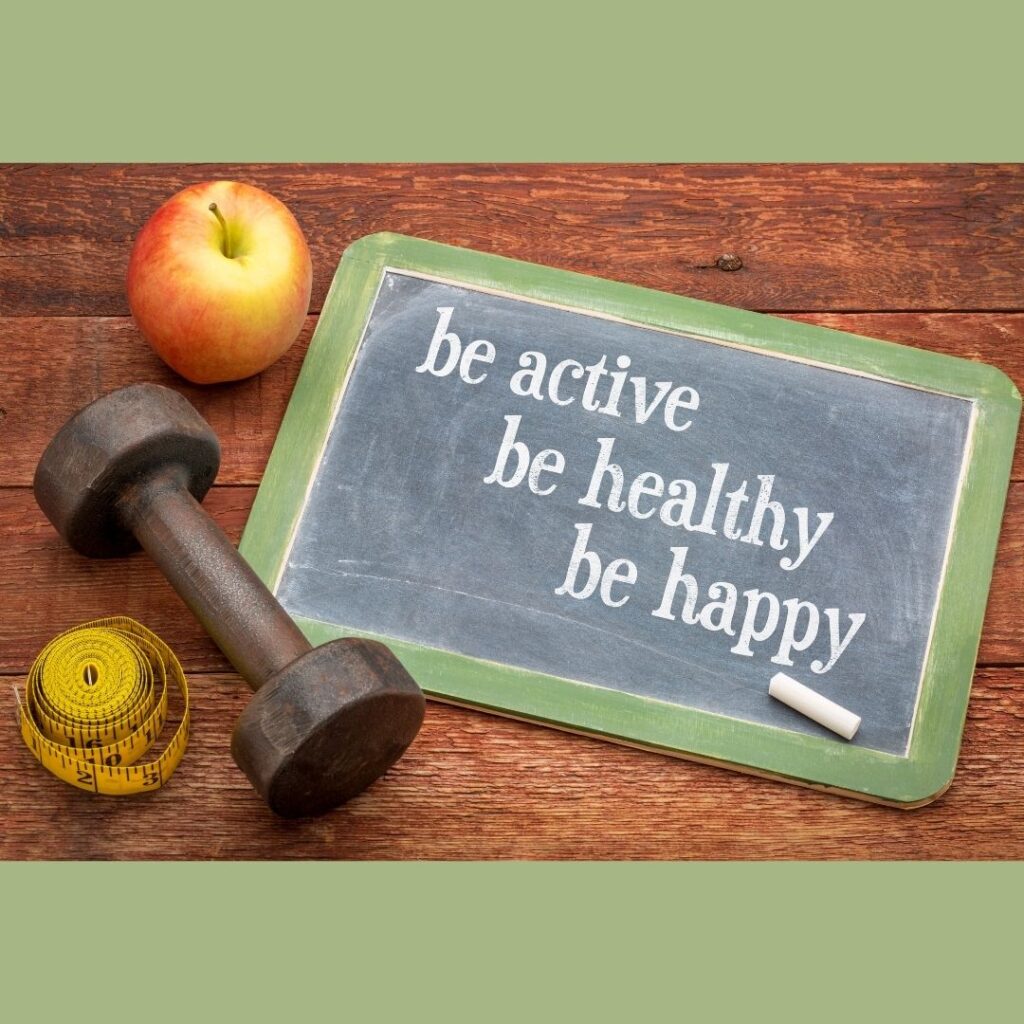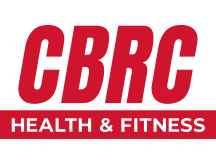BEING ACTIVE WITH ANXIETY AND DEPRESSION
Studies show that physical activity can reduce the symptoms of depression and anxiety as effectively as medication- and without unwanted side effects. Even a little bit of lower-intensity activity can help. Greater amounts of more vigorous exercise have an even bigger effect. Exercise also decreases symptoms of anxiety, both overall and in the moment. Both aerobic activity and strength training can be used to manage depression and anxiety alone or with other treatments like medication and therapy. Start with where you are. Use what you have. Do what you can.
AEROBIC ACTIVITY
Increase heart rate and breathing to build stamina. Build up to 150 minutes/week. Remember some activity is better than none.
What? Any rhythmic, continuous activity.
How Often? 3-5 days a week
How Hard? Fairly light to somewhat hard.
How Much? Start with a few minutes. Gradually build up to 30-6o total minutes over the day.
Aerobic Activity Cautions: Some psychotropic medications can cause dizziness, slower movement, and coordination problems, especially when you first start taking them or change your dosage. Check with your health care provider about these effects.
STRENGTH TRAINING
Working with weights or resistance bands makes you stronger and improves overall health.
What? Hand weights, resistance bands, weight machines or bodyweight.
How Often? 2-3 days a week
How Hard? Start with light effort then build to medium to hard effort.
How Much? 10-15 reps to start (for each major muscle group). Build to 8-12 reps and repeat 2-4 times through.
Remember: If you need it, get help from our exercise professionals. They can teach you the right way to do exercises and how to breathe properly.
OTHER TYPES OF PHYSICAL ACTIVITY
Yoga, Pilates and Tai Chi
FINAL WORDS
Start Small: If you have trouble working up the energy or motivation to exercise, find an activity you’ll enjoy and set small realistic goals. Begin with short periods (like 5, 10, or 15 minutes, or set a goal to walk around the block). Gradually progress.
Reach Out: Being active with others can improve your mood and help you get out of a sad or anxious frame of mind. Join an activity club, sports team, or online activity group. Find an activity buddy and meet regularly doing something you both enjoy.
Motivation: What will help you stick with an activity? Some people find it helpful to schedule activities at a certain time of day. Others give themselves a fitness challenge.
Be Active Outside: You’ll benefit from being active outdoors or in nature, particularly if you have Seasonal Affective Disorder (SAD).
MOVEMENT HEALTH & MOVEMENT FUNCTION
Our Exercise Professionals believe that exercise is medicine and are eager to assist those who suffer from depression and/or anxiety. To get started today call (509) 943-8416 or email morganfewel@my-cbrc.com.
American College of Sports Medicine, Exercise is Medicine accessed December 2020, <https://www.exerciseismedicine.org/>
